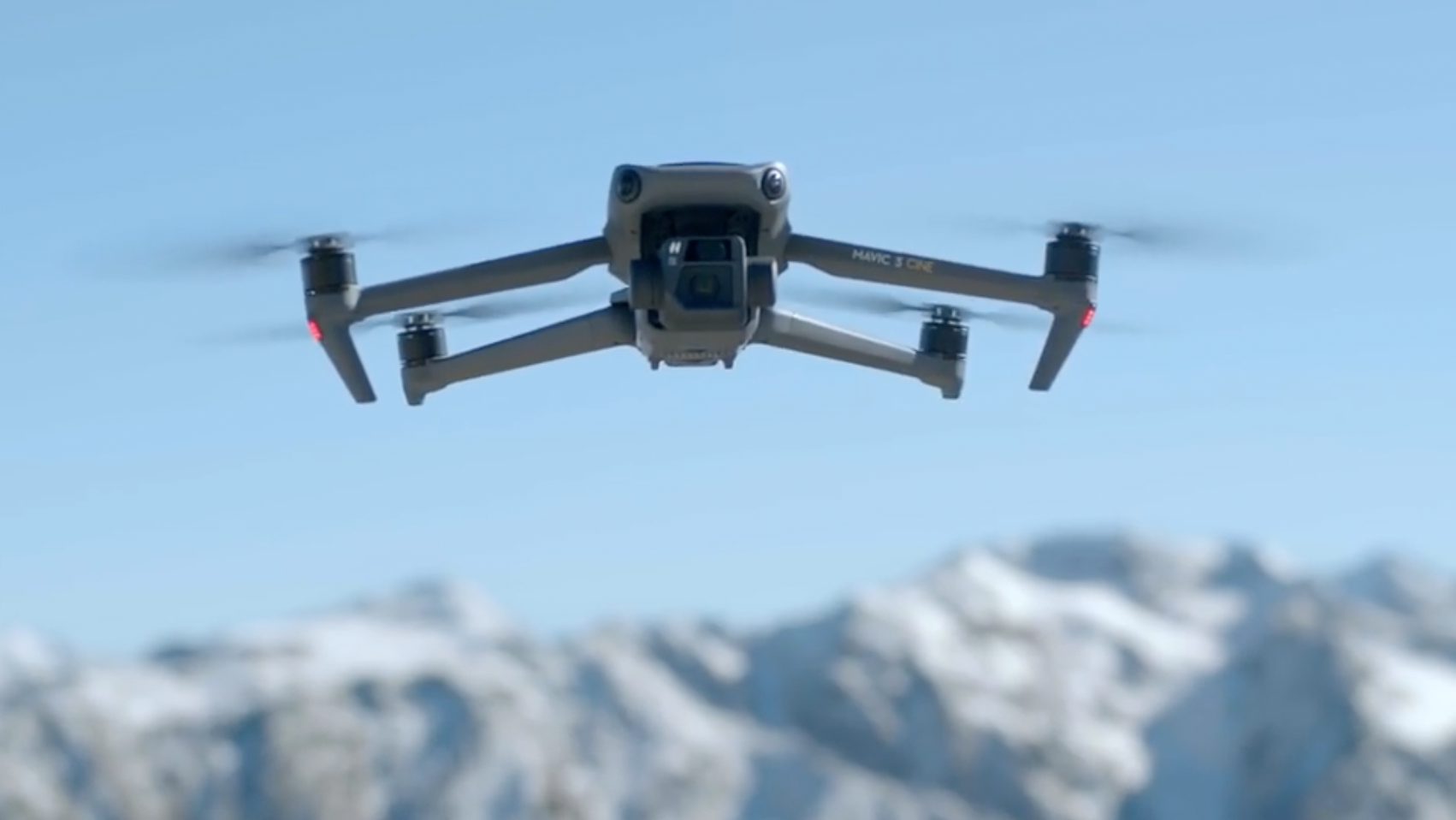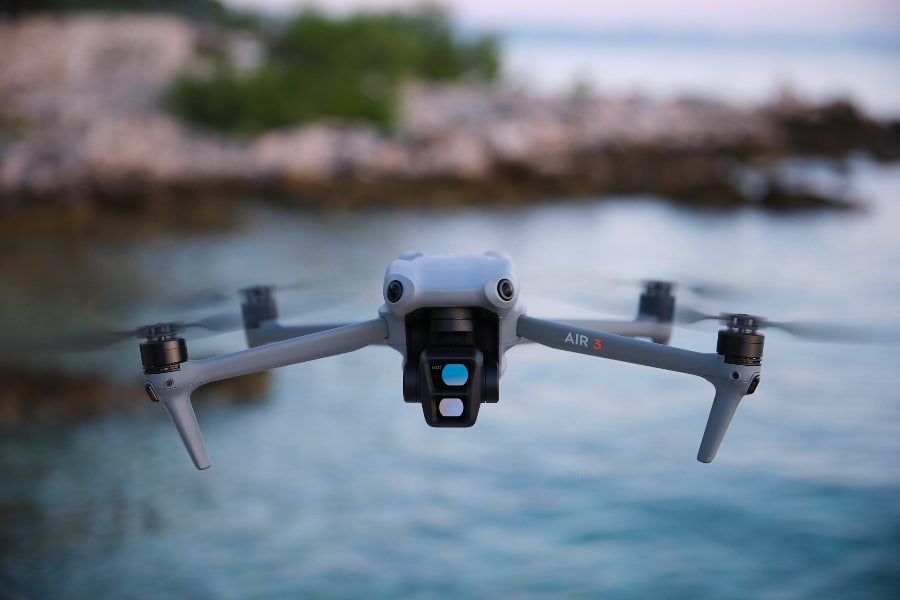Who is Responsible for Ensuring Safe Drone Altitude? It's Here!
In the world of professional photography, drone usage has transformed the way images are captured, allowing for breathtaking aerial shots that were once unimaginable. However, as the popularity of drones continues to rise, so too does the importance of understanding the legalities surrounding their operation. A key question that arises among photographers is who is responsible for making sure a drone does not fly too high? This article dives deep into the responsibilities that come with flying a drone, ensuring that photography remains safe and compliant with regulations.

The Importance of Understanding Drone Regulations
Before we delve into the specifics of altitude management, it's crucial for professional photographers to be aware of the various regulations governing drone flight. Regulatory bodies such as the FAA (Federal Aviation Administration) in the United States have established guidelines that all drone operators must follow.
Failure to comply with these regulations can lead to serious consequences, including fines and the revocation of flying privileges. Photographers need to be proactive about understanding these rules to ensure safe practices. But who ultimately takes responsibility for a drone flying beyond its legal altitude?

Understanding Responsibilities: Who is in Charge?
When operating a drone, the primary responsibility lies with the pilot. The pilot must continuously monitor the altitude of the drone and adhere to the height restrictions set forth by regulatory bodies. In most cases, this means not exceeding an altitude of 400 feet above ground level.
However, the photographer is not alone in this responsibility. Individuals and organizations that employ drone operators, including photography companies, can also share in this responsibility. They must ensure that their pilots are well-trained and aware of the regulations governing drone operation.
The Role of Technology in Altitude Management
Advancements in drone technology have made it easier for pilots to manage altitude. Many modern drones come equipped with GPS-based altitude limiters, which can help prevent pilots from accidentally flying too high. It's essential for photographers to utilize these technological features to enhance safety.
Additionally, incorporating software that tracks the drones altitude in real-time can prove invaluable. This enables the photographer to visualize their current flying height, ensuring compliance with regulations.

How to Maintain Safe Altitude When Using Drones
Here are a few essential tips for professional photographers when operating drones:
- Pre-Flight Briefing: Conduct a thorough briefing before each flight to review altitude limits and regulations.
- Use Altitude Alerts: Set up altitude alerts on the drone to receive notifications when approaching maximum heights.
- Stay Updated: Keep abreast of any changes in drone regulations by visiting sites like PCMag.
- Post-Flight Review: After each session, review the flight data to ensure compliance with altitude restrictions.

The Potential Consequences of Failing to Comply
Understanding the responsibilities tied to maintaining safe drone altitudes is paramount. Not only can violating altitude guidelines lead to legal repercussions, but it can also pose safety risks to others. Incidents where drones interfere with manned aircraft have been reported, highlighting the dire importance of adherence to regulations.
Moreover, photographers can risk damaging their reputation by attracting unwanted scrutiny or fines due to negligence. A good reputation is crucial in the photography industry, and responsibilities related to drone operation can significantly impact this.
Collaborative Responsibility and Accountability
Its essential for professional photography businesses to cultivate a culture of responsibility concerning drone operations. This includes ongoing education and training for all personnel involved in drone photography.
Moreover, setting up a system of checks and balances within the organization can further enhance accountability. For instance, have a designated safety officer who is responsible for ensuring that all operations meet safety and regulatory requirements.
Resources for Photographers Operating Drones
Professional photographers seeking to deepen their understanding of drone operation can refer to various resources. Websites such as FAA Resources and UAV Coach provide valuable information on safe practices and certification processes.
Conclusion: A Shared Responsibility
In conclusion, while the pilot holds the direct responsibility for ensuring that a drone does not fly too high, the obligation extends beyond just them. Photographers and businesses alike must work together to cultivate a culture of safety and compliance. By leveraging technology and implementing robust training programs, the photography community can ensure that the breathtaking imagery captured by drones remains safe, legal, and respected.
As we look to the future, the integration of drone technology in professional photography will undoubtedly grow. Understanding the responsibilities tied to drone operation will help photographers navigate this evolving landscape responsibly.
FAQs
1. Can I fly my drone higher than 400 feet?
Generally, no. Most regulatory bodies restrict drone flight to a maximum altitude of 400 feet unless you have special clearance.
2. What happens if my drone goes beyond the altitude limit?
Exceeding altitude limits can result in fines, legal penalties, and the potential revocation of your flying privileges.
3. Are there any apps to help manage my drone's altitude?
Yes, various apps provide real-time tracking of your drone's altitude and can send alerts when approaching altitude limits.
As an Amazon Associate, I earn from qualifying purchases.

